Cannabis’ REM Sleep-Suppressing Properties Could Prove Useful in Banishing Nightmares
Veriheal
MAY 6, 2022
If so, you can consider yourself among the 50%-85% of adults who battle the occasional nightmare during REM sleep. The Sleep Foundation suggests that nightmares in children are most common between the ages of 3 and 6 but usually occur less often with age. The good news is that cannabis could be the tool for a good night’s sleep.

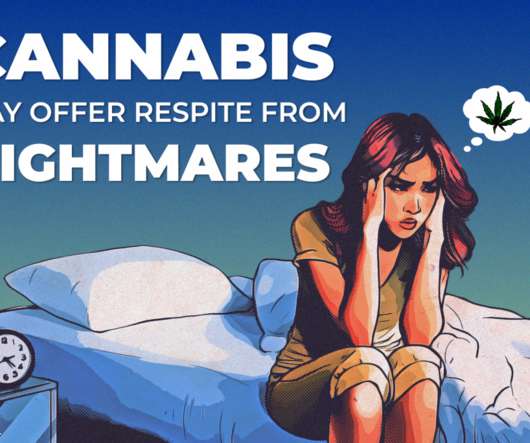


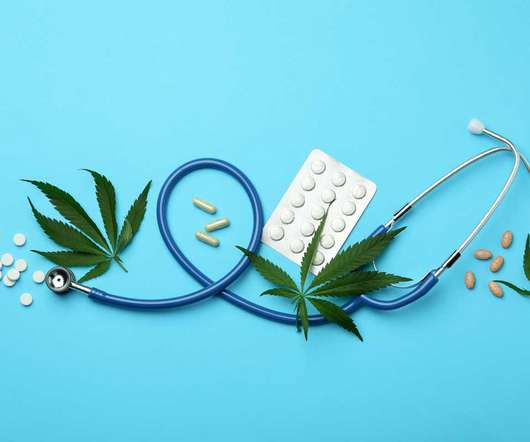
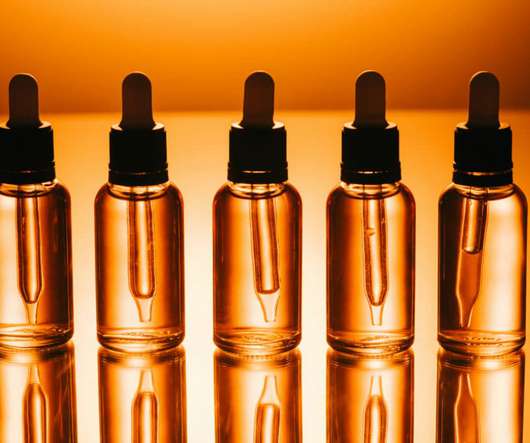
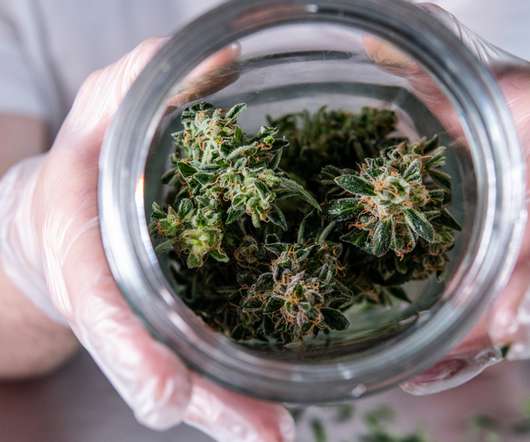
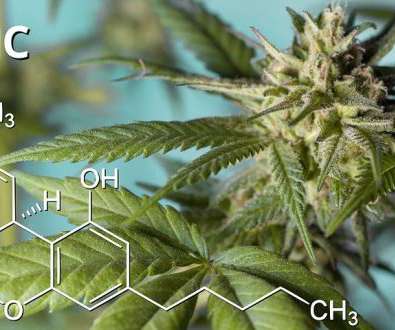

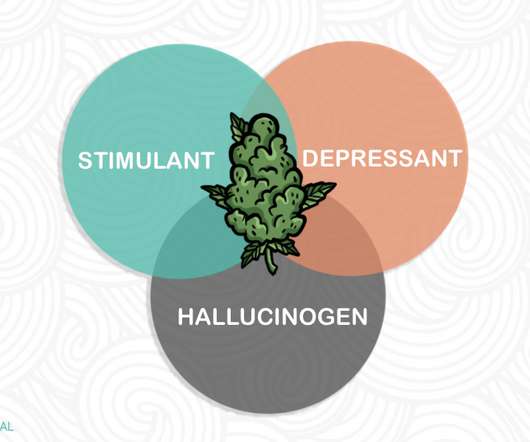

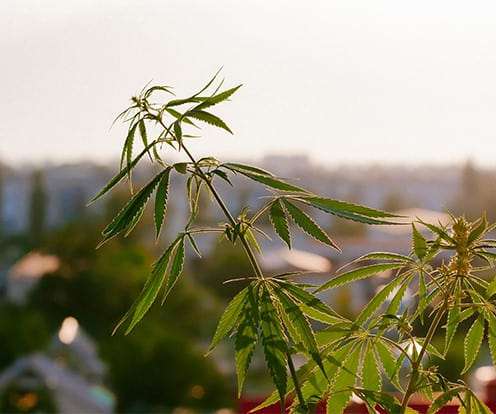
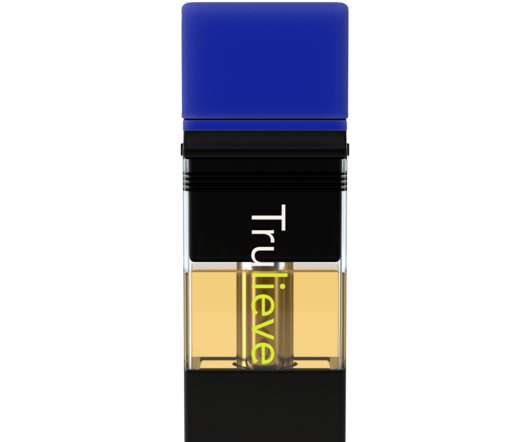
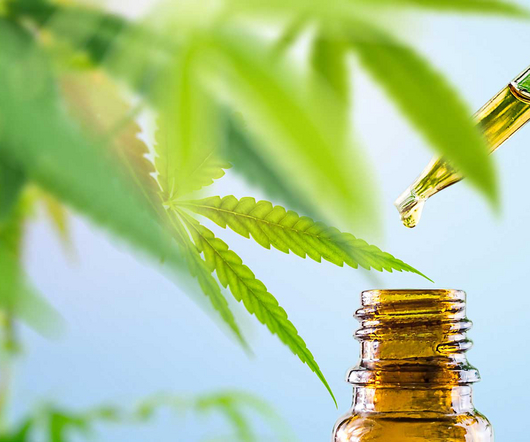



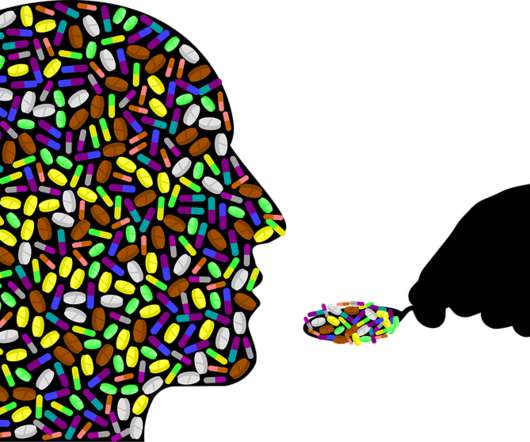
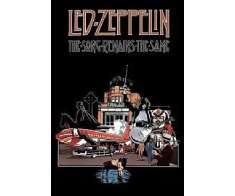
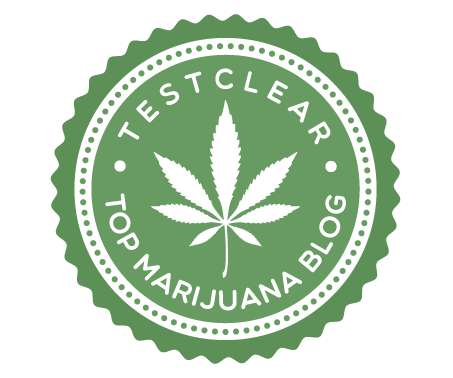

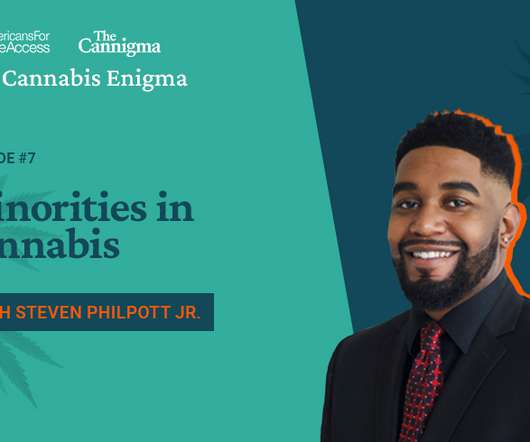

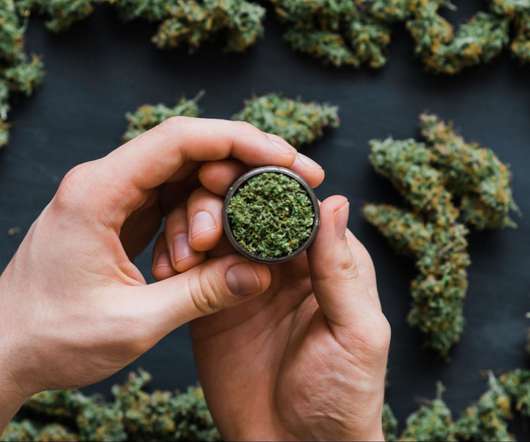






Let's personalize your content